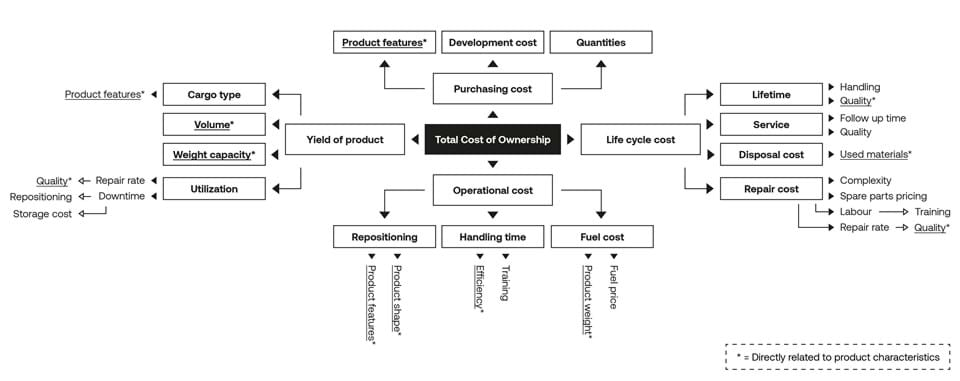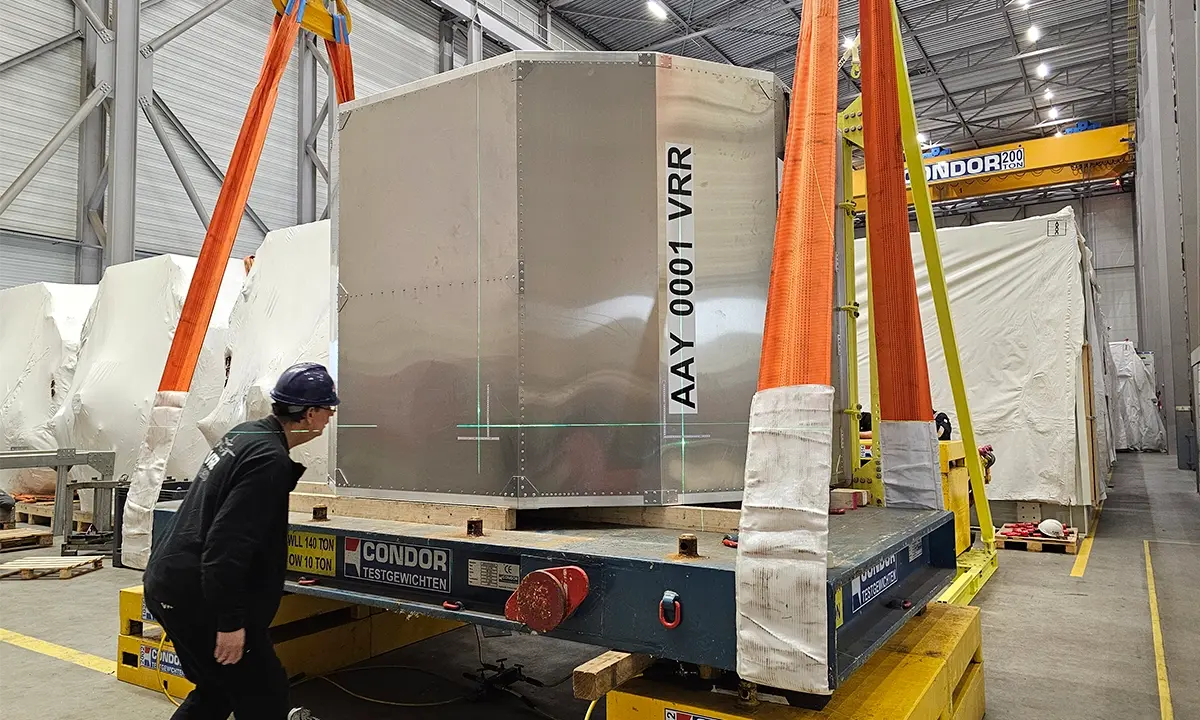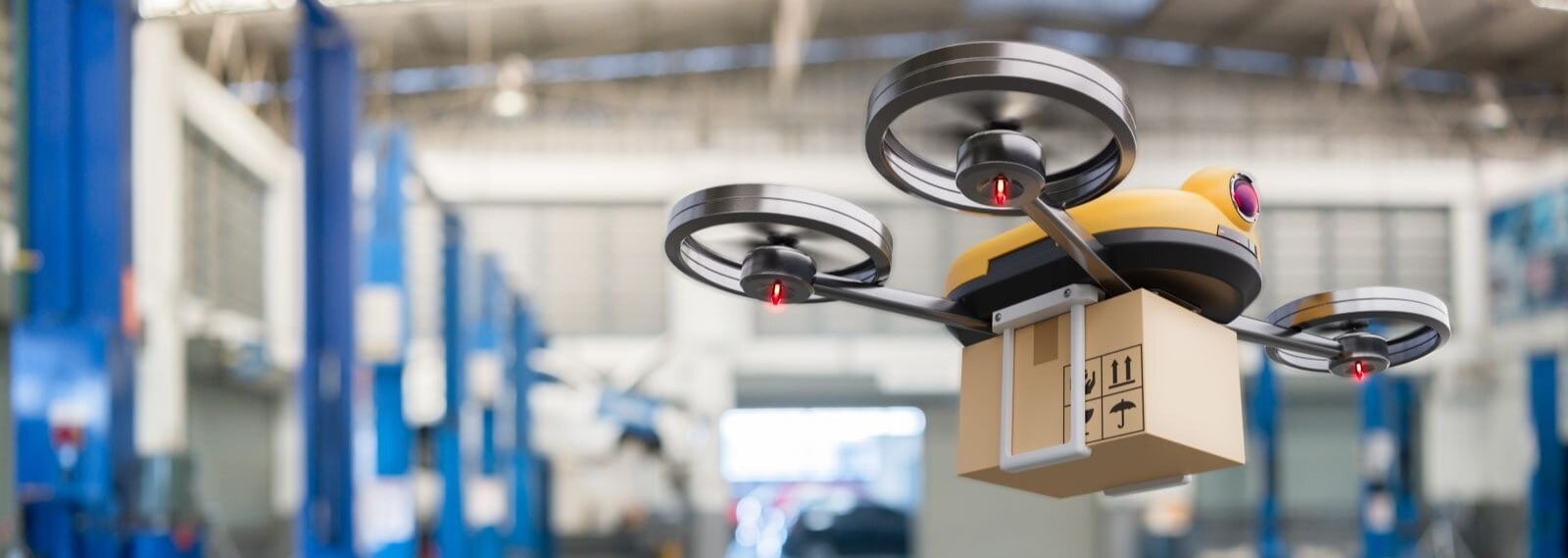When it’s time to replace your ageing Unit Load Devices or expand your current fleet, you’ll be looking at more than just the purchase price. You’ll also be looking at Total Cost of Ownership, or TCO. But is that a buzzword or a sound business principle? This article looks at the importance of TCO when it comes to buying your next air cargo container.
What exactly is Total Cost of Ownership?
TCO is the total cost of owning and operating an asset over its entire lifecycle. In other words, the sum of an asset’s purchase price and all its running costs. But savvy buyers understand that TCO is much more than looking at the overall cost of an asset. It’s also assessing its long-term value to the company. More expensive or complex assets require more comprehensive TCO analysis.
Why look at TCO when buying Unit Load Devices?
You have to start somewhere, right? So, when it comes to buying a product, the initial purchasing price is an obvious starting point. And, depending on what it is that you’re buying, you may not go much further in your research than comparing list prices.
If you’re buying a commodity like coal or grain, basing a purchasing decision on the short-termprice only may be perfectly adequate, although in reality you’d probably also consider aspects such as product quality, delivery times and supplier reliability.
However, if the product that you’re buying is an asset (i.e.: a resource with economic value that is reported on your company's balance sheet), you need to consider much more than the list price. You also need to consider its entire lifecycle costs.
Falling into the asset category are Unit Load Devices. ULDs have economic value for companies that use them to transport goods by air because they reduce business expenses and/or improve sales. Their ability to provide owners with a future benefit puts the Total Cost of
Ownership front and centre of any purchasing decision.
Looking carefully at the bigger picture
Before we look at calculating the TCO of a ULD, let’s examine an everyday product that most of us have probably bought at some point, either for ourselves or for our company: Printers. Your choice of printer model is probably based on several factors, including price and speed. But, hopefully, you would also give thought to:
- Intended use (home, business or dual-use; text, graphics, photos and/or labels)
- Technical features (scanning, copying, faxing, scan-to-email, web-enabled, etc.)
- Capability (recommended no. of copies per month, min/max paper size, input capacity)
- Manufacturer (build quality, after-sales service, guarantee, etc.)
- Running costs (separate ink cartridges, high-capacity cartridges, maintenance service, etc.)
The last consideration—running costs—is particularly pertinent once you realise that approximately 75% of a printer’s cost goes on supplies, service and maintenance. Skipping the TCO analysis before investing in a printer could turn out to be an expensive mistake. Those few euros you saved up front could well be swallowed up several times over by ink and repair costs over the printer’s lifecycle.
“Buyers should look at not just an asset's short-term price, but also at its long-term costs, which is its total cost of ownership.”
How does Total Cost of Ownership work in the air cargo industry?
We can use the same holistic approach to assessing the Total Cost of Ownership of ULDs. Like printers, ULDs come in all shapes and sizes. Most are viewed as assets due to their cost and lifespan, though a few, such as cookie sheet pallets, are considered commodities.
The aspects you need to consider when purchasing a ULD are much more numerous and complex than those of a printer, as the diagram below shows:
 The many elements of a ULD’s Total Cost of Ownership (full-size)
The many elements of a ULD’s Total Cost of Ownership (full-size)
The complexity and interdependence of so many different elements makes calculating the TCO of an air cargo container extremely challenging. First, you need to obtain accurate information from many different departments in the organisation. Second, you need to balance competing needs.
Close cooperation between the various ULD stakeholders is essential to get the insights and agreements that you need. Unfortunately, organisational silos—which can occur in large companies—do not help in this regard. Departmental loyalty and lack of interaction can obstruct the buyer’s decision-making process.
The trick to finding the lowest TCO is finding that balance between all the essential elements shown in our diagram. Therefore, when you purchase a ULD, don’t focus on only certain aspects. Get a good view of the bigger picture.
In this second article, we give you some examples to explain how finding that balance is done in practice.

.png)



.webp)